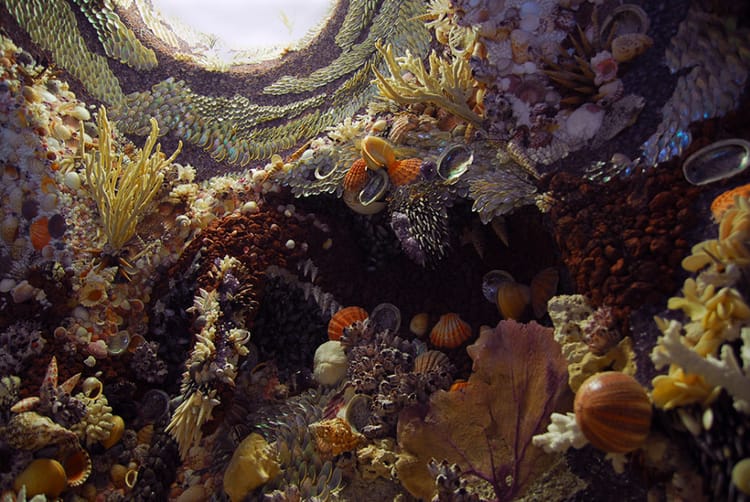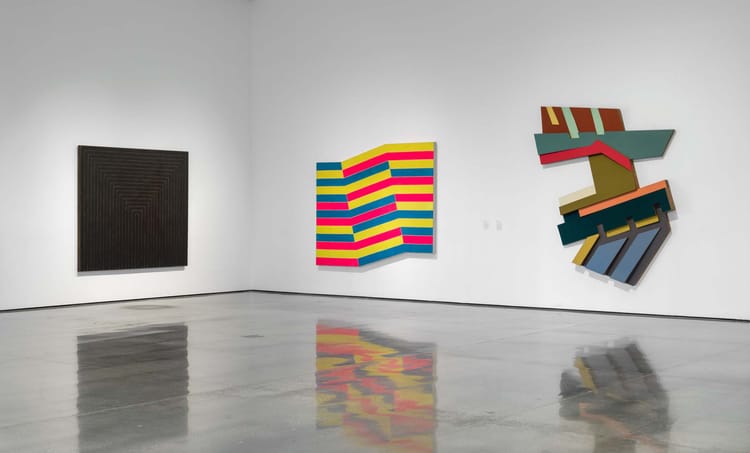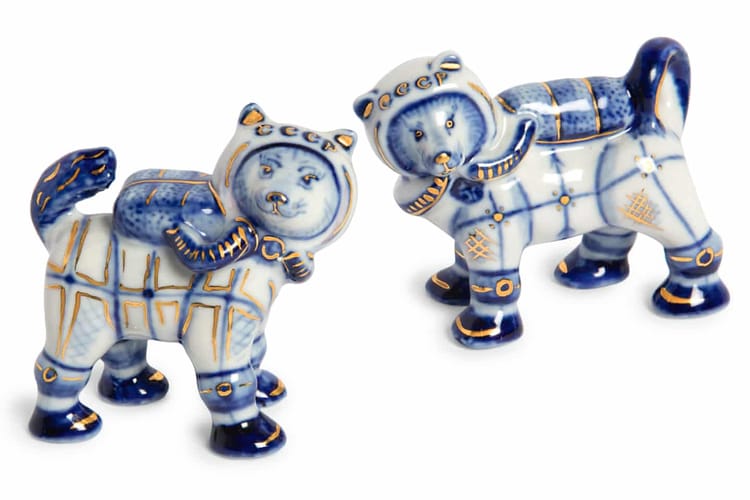please return stolen skeletons
I once, as an incredible moment of procrastination in college, created a spreadsheet of saints’ relics, so any article about the Shroud of Turin that’s titled “Latest Study Deepens Mystery” is guaranteed a click from me. Apparently the Shroud might not be a medieval forgery after all? The data from the 1988 test that said as much is, as it turns out, flawed, but there’s no new conclusions (bummer). What’s interesting about this is the nomenclature around such objects and the deft threading of the needle this requires:
“the shroud is often referred to as a ‘symbol of Christ’s suffering, worthy of veneration.’” …the word “symbol” does not make a statement regarding the authenticity of the artifact. To call the shroud a “relic” would imply it is authentic, whereas to call it an “icon” is to suggest that it is manmade.”
I had no idea that the head of Oliver Cromwell—speaking of other relics—was on a 20 foot wooden pole at Westminster for more than 30 years, and apparently it just bounced around places for years afterwards until it was authenticated.
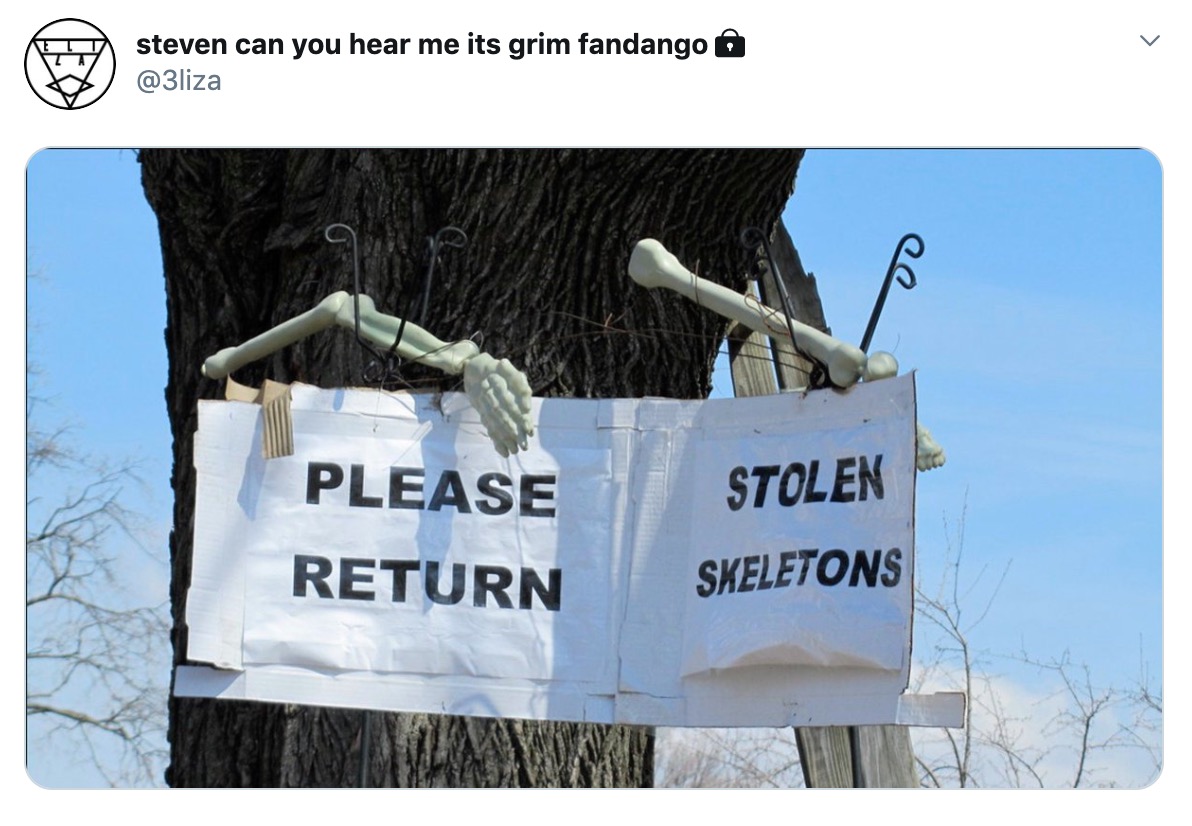
I love pieces that talks about fusion cuisine not just as western chefs “elevating” cuisine, but about the myriad ways that cuisine is shaped by different cultures and times. Dan Nosowitz takes a look at crab rangoon, and on the way, discusses the “Americanization” of Chinese food (different ingredients were more / less expensive and available here, among other things) as well as how—of all things—tiki culture had a hand in it as well. They touch briefly on the codifying of Chinese restaurants, which Jaya Saxena discusses in her piece on those ubiquitous Chinese zodiac placemats and where they come from.
The first English-language recipe for guacamole, c. 1691:
“They are seldom fit to eat till they have been gathered two or three days; then they become soft and the skin or rind will peel off. The substance in the inside is green, or a little yellowish, and as soft as butter.…This fruit has no taste of itself, and therefore it is usually mixed with sugar and lime-juice and beaten together in a plate; and this is an excellent dish.”
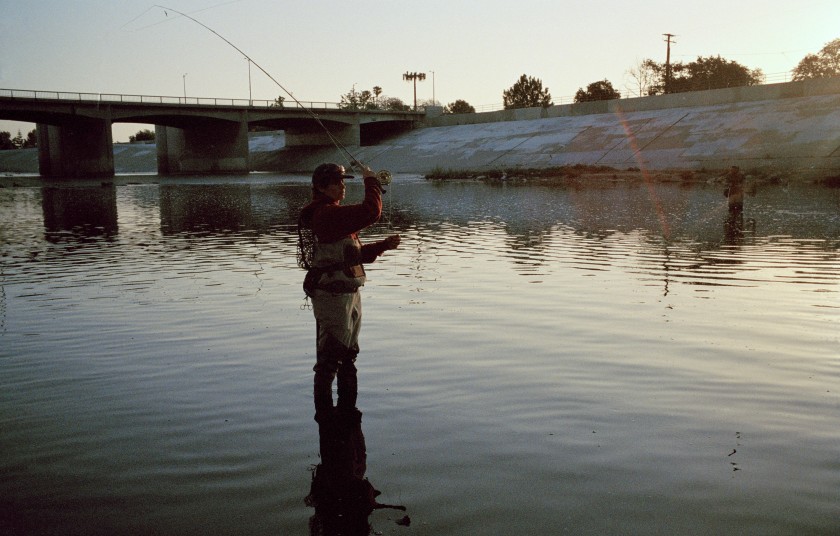
I’m honestly still recovering from this piece about fishing for carp in the LA River that ends with a recipe that I am nowhere bold enough to try. I do appreciate that the recipe ends with “Serve with a wedge of green cabbage, sliced cucumber and sticky rice. Have about five bites, then leave the bowl curbside for the coyotes.”
This reminds me of one of my favorite experiences whilst studying abroad in England, which was at The Aquarium of the Lakes (as in the eponymous District) that had an underwater tunnel, but instead of tropical fish or sharks, it was fish from the lake: carp, pike, etc. Truly a gift:
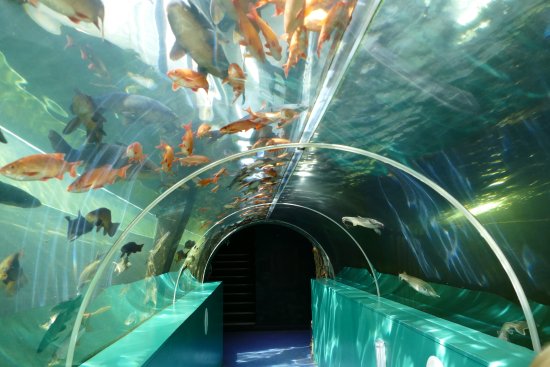
(while finding this photo, I found the website of the aquarium, which has a boldly photoshopped version of the tunnel, where I’m fairly confident it’s two fish that they’ve repeated across the photo)
A chaser: Nina, the ghost that haunts a Portland pizza joint.
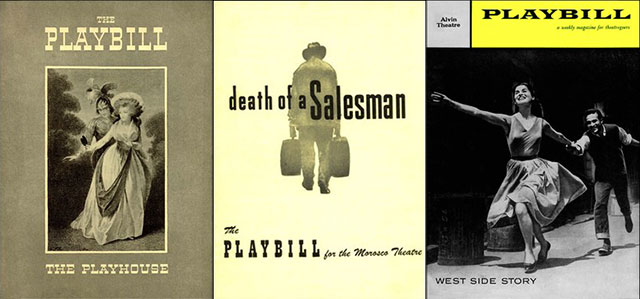
Playbill took a look back at how its design has evolved over the years, and I was surprised at how many iterations it went through before settling on the most recent designs.
There was a thread on Twitter recently about music riffs that we associate with specific times and places (it’s in prep for a podcast that I’m very excited about)—and while the thread is fantastic, someone in it also linked to a piece about the history of that “quintessential villain music” that we associate with Snidley Whiplash and the like.
As a Dinotopia fan, I stand by this:
— Roxy Horror Picture Show🌹 August 24th 2019
Finally: I’m furious that I’m only now learning that they named the new black hole! It’s Powehi, which means the adorned fathomless dark creation OR embellished dark source of unending creation either of which are obviously perfect in every way.

